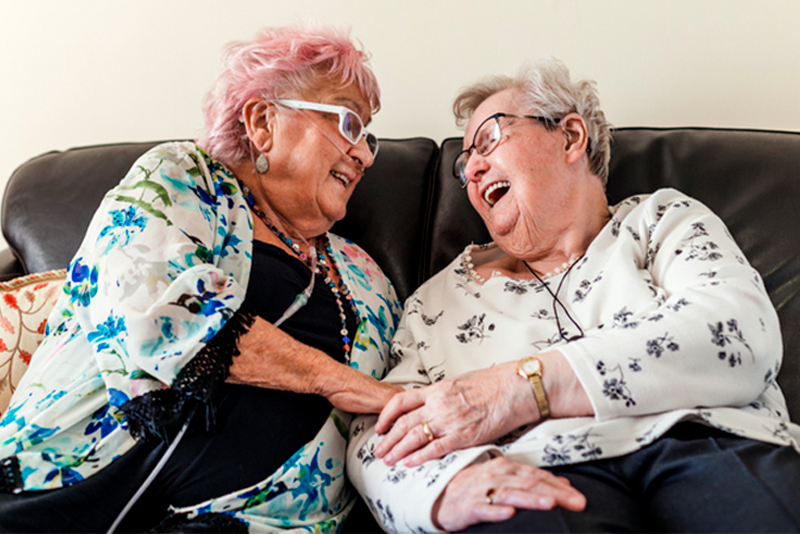
COPD flare-ups have a number of common triggers. Learn strategies to avoid them.
We’ve all been waiting eagerly for March! At last, the days are getting longer and we can start to feel the promise of springtime all around us. For a person with COPD, there’s even more cause to celebrate the seasonal changes. Cold, dry air is one of a number of causes of COPD flare-ups, and the appearance of warm weather is, quite literally, a breath of fresh air.
What Are Other COPD Triggers to Look Out For?
If a person you love struggles with the challenges of COPD, you’re all too familiar with the weariness, difficulty breathing, coughing, and wheezing that are part of everyday life. Dealing with these issues so that a person can have the best possible quality of life is essential, and it starts with being familiar with what is causing COPD flare-ups to surface.
Along with winter weather, below are some additional triggers that can exacerbate COPD symptoms and ways to conquer them.
- Heat and humidity. These are often just as difficult for a person with COPD to manage as the cold, dry air. An individual with COPD should try to stay inside the house with air conditioning during the dog days of summer.
- Air pollution. You might automatically think of car exhaust fumes and smog when you think of air pollution, but this includes all kinds of other irritants as well, including pollen, dust, pet dander, chemicals in cleaning products or paint, perfume, and mold. An air purifier can be helpful, and the home must also be vacuumed and dusted regularly. Someone other than the individual with COPD should handle these duties, however, like a caregiver from Hearts at Home In-Home Care.
- Viruses. Something as innocuous as the common cold can be extremely hazardous for a person living with COPD. The most effective strategies to avoid infection include washing hands frequently, avoiding crowded areas, wearing a face covering, and keeping the home sanitized.
- Smoking. Smoking is something everyone should stay away from, but for an individual with COPD, it’s imperative to quit or never pick up this habit. It’s important to stay away from secondhand smoke, too. If the person with COPD is unable to quit smoking, see the doctor for helpful recommendations.
What Are Some Strategies to Ease COPD Symptoms?
While reducing these triggers is an excellent place to begin to make certain a person with COPD can breathe as comfortably as possible, there are several breathing exercises that may also be helpful, such as:
- Pursed lip breathing. This simple exercise can help people with COPD relax, reduce shortness of breath, and make it easier to breathe. While the mouth is closed, breathe in through the nose to a count of two. Purse the lips, as though you are about to whistle or blow out a candle, and breathe out slowly through the mouth to a count of four. Repeat four to five times daily.
- Deep breathing. Deep breathing helps alleviate shortness of breath by keeping air from becoming stuck in the lungs. Sit or stand with the elbows slightly back and chest expanded. Take a deep breath through the nose and hold for a count of five. Breathe out slowly and deeply through the nose until all air is released. Repeat three to four times daily.
- Diaphragmatic breathing. Strengthen the muscles of the abdomen and diaphragm by sitting or lying down with the shoulders relaxed. Place one hand on the abdomen and the other on the chest. Breathe in through the nose for two seconds. Concentrate on moving the stomach more than the chest. Purse the lips and exhale slowly while pushing lightly on the abdomen. Repeat as able.
For more COPD tips or to discover how our trained and experienced in-home senior care professionals can help make life better for someone you love, call us today at 913-440-4209.
